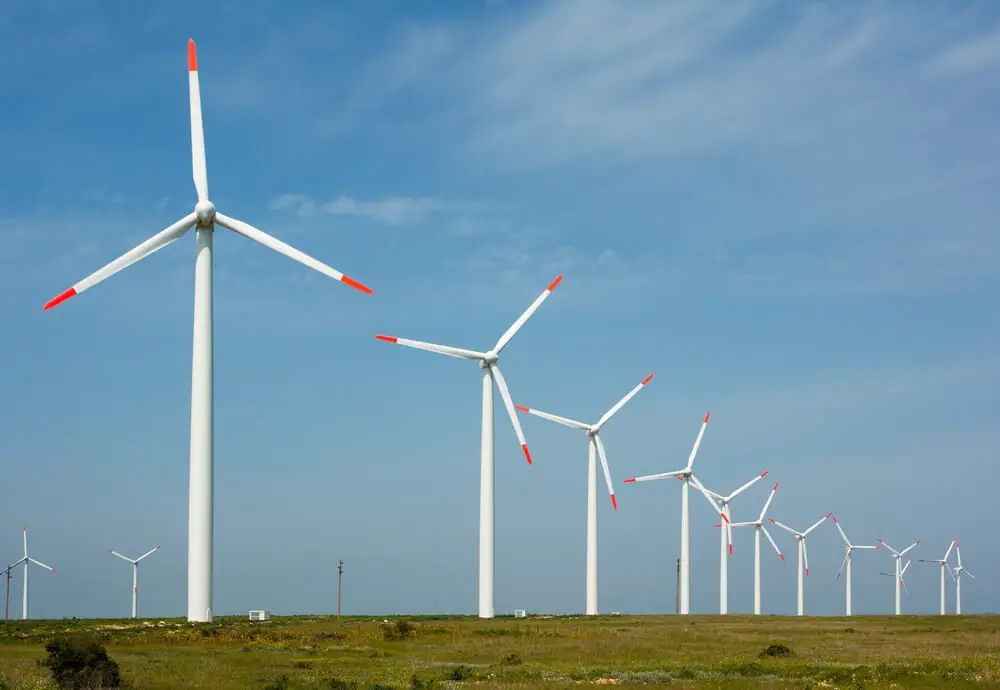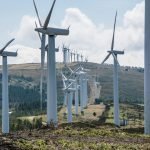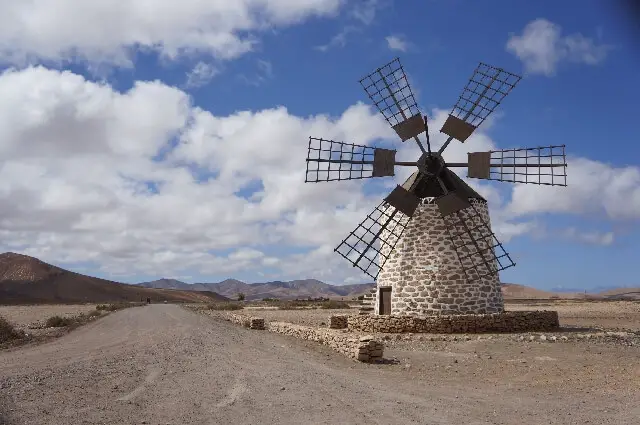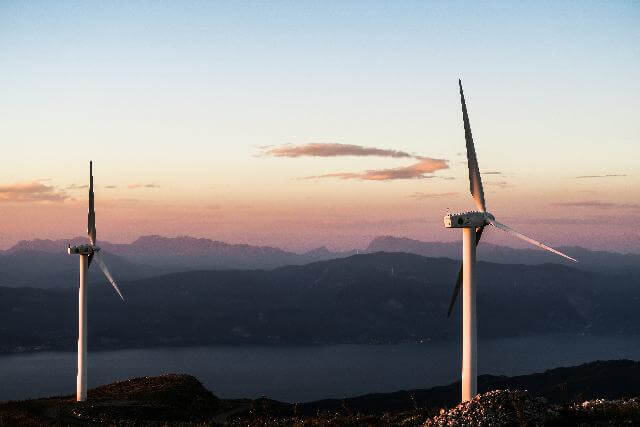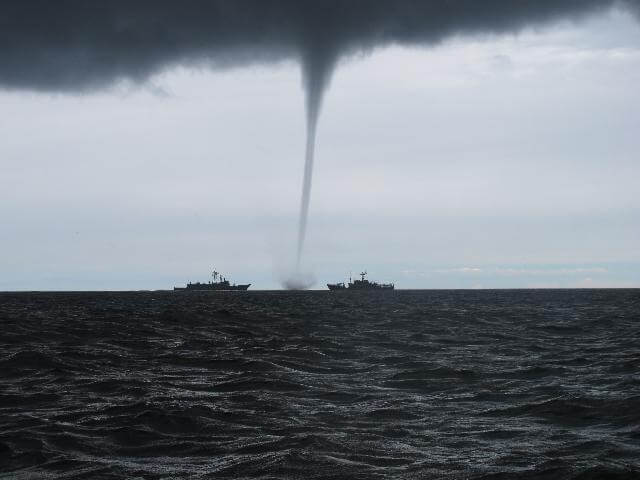WIND POWER EXPLAINED
Wind power or the activity of harnessing the wind’s energy describes a process in which natural wind generates mechanical power or electricity to fuel our everyday lives.
WIND
I used to know about the wind because it is the terrifying form of movement that creates horrifying weather patterns.
Now that I have studied more about the benefits of wind, I have come to realize that it might just be one of the best forms of renewable energy.
No matter how scary it may seem, it can be beneficial, too!
The wind is a form of solar energy caused by three events:
- Irregularities of the Earth’s surface
- The sun unevenly heating the atmosphere
- The rotation of the Earth.
Differences in vegetation, water, and terrain cause wind flow patterns and speeds to vary significantly worldwide.
Humans already harness wind’s energy when sailing and flying a kite, so why not use it to generate electricity without using fossil fuels that are harsh on the environment?
WIND TURBINES
Wind turbines turn wind energy into electricity by using aerodynamic forces from the rotor blades on the turbine.
So how does it do that? Let me break it down for you:
- Rotor blades work like airplane wings. When the wind flows across the blade, the air pressure on one side of the blade decreases.
- The difference in the air pressure on both sides of the rotor blades creates a lift and drag.
- The force of the lift is stronger than the drag; thus, the rotor spins.
- The rotor is connected to a generator, which also spins in unison with the rotor.
- The movement of the aerodynamic force to the rotation of the generator is what creates electricity.
Wind turbines can either be built on land or off-shore.
When referring to off-shore, I mean they can be built in the ocean or in large lakes, saving land usage. Now let’s break down fossil fuels.
FOSSIL FUELS EXPLAINED
Fossil fuels are made from decomposing plants and animals that are found in the Earth’s crust.
They contain carbon and hydrogen, which can be burned for energy. The three prime examples of fossil fuels are:
- Coal
- Oil
- Natural gas
According to the Statistical Review of World Energy 2020, fossil fuels still account for 84% of the world’s energy consumption.
The problem with the statistic is that it is much too large.
To protect our environment, we need to take action and decrease the use of fossil fuels in our day-to-day lives and promote renewable energy.
DETRIMENTAL EFFECTS OF FOSSIL FUELS
Burning fossil fuels has been the primary way to fuel our cars, heat our homes, and power our business for the past century, but that does not mean we should keep using them.
We are paying the price for the overuse of fossil fuels, which will only worsen over time.
These are just a few of the side effects of using fossil fuels to power our grids worldwide:
- Water pollution – Acid runoffs from coal mining, oil spills, and toxic fluids from fracking all find their way into our lakes, oceans, and streams, causing pollution. These harmful fluids also make it into our drinking water!
- Land degradation – The process of unearthing the various fossil fuels from our Earth and moving the oil, gas, and coal deposits take an enormous toll on the land.
- Emissions – Fossil fuels are constantly emitting harmful air pollutants into the atmosphere that are bad for both the environment and humans’ health.
- Global warming pollution – Fossil fuels produce large quantities of carbon dioxide when burned. These carbon emissions trap heat in the atmosphere, which leads to global warming.
- Ocean acidification – Our sea absorbs about a quarter of the carbon emissions we generate. Since we are burning more fossil fuels than ever and creating more man-made carbon emissions than ever, the ocean is reacting. Its introductory chemistry is changing and becoming more acidic.
We have to remember that we are not confined to fossil fuel usage.
We have plenty of other alternatives, such as wind energy.
We already know that wind power is cleaner and better for the environment when compared to fossil fuels.
So, let’s look at the disadvantages and advantages of wind power to determine if it is more efficient than fossil fuels.
DISADVANTAGES OF WIND POWER
There are several disadvantages that people bring up when debating the implementation and usage of wind power, and they include:
- Initial cost – The initial construction of wind turbines and wind facilities is costly. Also, the structure of off-shore wind turbines produces more energy for electricity but costs more.
- Technology immaturity – Given that the technology used for wind power is younger than the technology used to transfer fossil fuels to energy, it needs to mature to create a real difference. New technology is required to lower costs, increase energy production, develop infrastructure, mitigate environmental impacts and increase reliability.
- Aesthetic impact – Wind turbines are large and take up quite a bit of space. Many complain about the rise of wind turbines in their communities because they do not like the looming look of the large machinery.
- Wildlife – Flying animals, such as birds, pose a significant risk as more and more wind turbines are being built. Now that offshore wind farms are also being developed, experts are looking into mitigating the effects of the turbines on sea life.
- Noise – Many wind turbines have been developed that do not generate as much noise, but many still do, thus creating an unpleasant experience for anyone living near them.
Although it seems like a lot of disadvantages to the production and usage of wind power, researchers are working tirelessly to decrease many of the adverse effects.
There are also far more advantages to the expansion of the wind power industry that outweigh the disadvantages.
ADVANTAGES OF WIND POWER
The advantages to wind power and increasing the industry are far more apparent than the disadvantages.
The most evident and most significant advantage is that wind power produces an unlimited, free renewable resource for humans to use to produce electricity.
What can beat that?
Here are a few other advantages to the expansion of the wind power industry:
- Cost-effective – Land-based wind is one of the lowest-priced energy sources available. Because electricity from wind farms is sold at a fixed price over a long period of time and its fuel is free, wind energy is less than other traditional forms of energy.
- Creates jobs – As of today, one of the fastest-growing American jobs is a wind turbine technician position. According to the Wind Vision Report, wind has the potential to support more than 600,000 jobs in manufacturing, maintenance, installation, and supporting services by 2050. Currently, the U.S. wind sector employs a little over 100,000 jobs.
- Clean fuel source – Wind power does not pollute the air like its competition does. Fossil fuels constantly are emitting harmful chemicals and carbon dioxide into the atmosphere causing global warming. Wind power does not emit these same chemicals, making it clean for people’s health and the environment.
- Domestic source of energy – The most remarkable thing about wind energy is that you can harness it domestically. Every country has wind in some form. This cuts down on the shipping cost as well as transportation that takes a toll on the environment.
- Sustainable – Most notably, wind is all-natural. As long as the sun shines and heats the land irregularly and the wind blows, we can harness it to create electricity without harmful effects on the environment.
WHY WIND POWER IS BETTER OVERALL
The fossil fuel industry may try to trick us into thinking wind energy can never amount to the energy produced by fossil fuels, but that is purely not true.
Wind energy is much better than the energy produced by fossil fuels because it is cleaner, more sustainable, and even more efficient.
Even though renewable energy only makes up a small percentage of the world’s energy, studies show that less than one percent of wind energy is lost.
On the other hand, fossil fuels lose about fifty percent or more of the energy they produce to heat.
With more and more research going into the technologies behind wind power, better machinery will be created, and the efficiency will only increase.
